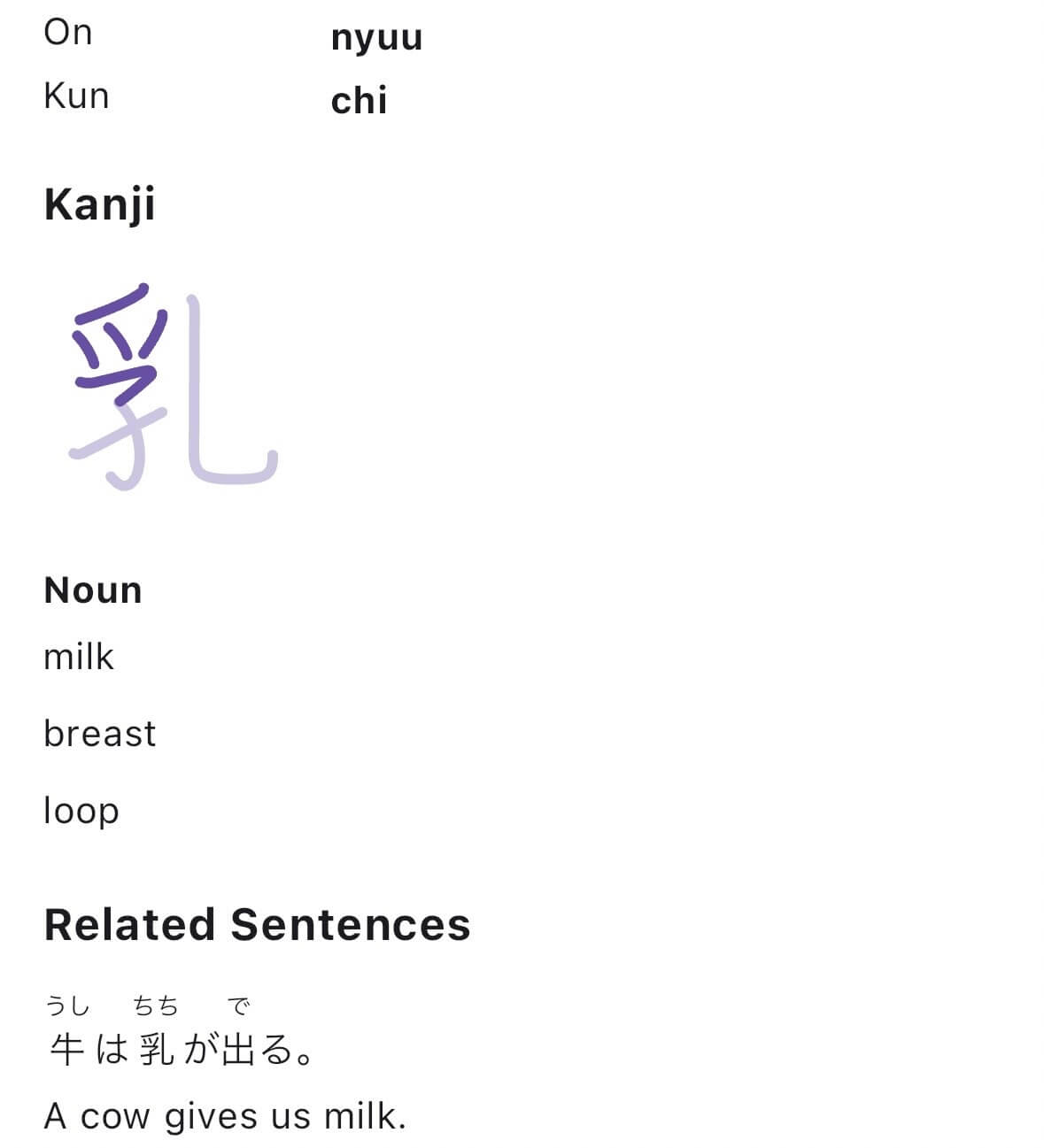Kanji Stroke Orders and Regional Differences
Kanji characters are fundamental to Japanese writing and are also used across various regions in East Asia, each with its own unique practices. SakeSaySo utilizes Kanji Vector Graphics (KanjiVG) to animate the stroke orders of kanji, enrich learning with visually.


KanjiVG offers detailed vector graphics for kanji, providing shape and direction of strokes but and their sequence. Japanese kanji are derived from Traditional Chinese characters and share many similarities with them in terms of structure and complexity. While Simplified Chinese characters, used predominantly in mainland China, have reduced strokes and altered forms for easier handwriting and learning, Japanese kanji have maintained many of the original complexities found in Traditional Chinese. This close resemblance to Traditional Chinese characters makes kanji a gateway to Japanese language but also connects cultural and historical threads between Japan and regions like Taiwan and Hong Kong, where Traditional Chinese is still used.
The structure of kanji is broken down into radicals and elements. While radicals help in categorizing and memorizing kanji, elements play a key role in defining the character’s full meaning and appearance. This distinction is interesting for learners, as it aids in understanding the composition and logic behind each kanji. For those using SakeSaySo, we’ve enabled stroke orders, for English speakers, by default on vocabulary pages and flash cards. You can find the toggles in the settings menu.
For anyone fascinated by the depth and diversity of languages, kanji offers a compelling glimpse into the cultural dialogues of East Asia. Take a moment to explore SakeSayso and let us know what you think!